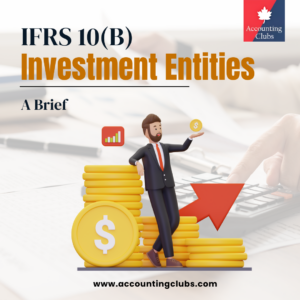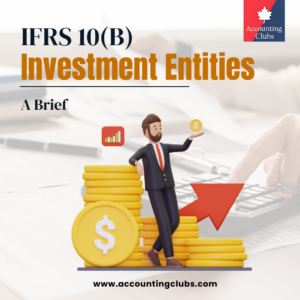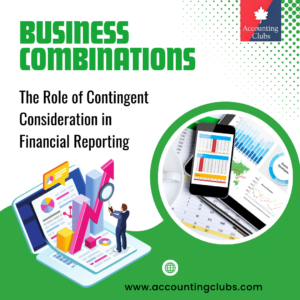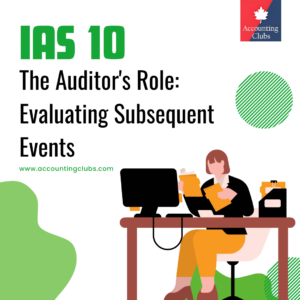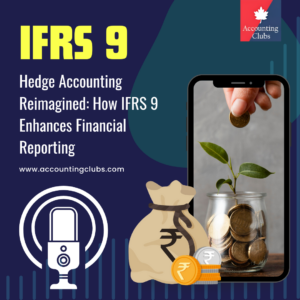Chapter 5: Disclosure
Separate disclosures are required for each class of intangible assets, distinguishing between internally generated intangible assets and other intangible assets.
An entity should disclose whether the useful lives are indefinite or finite and, if finite, the useful lives or the amortisation rates and amortisation methods used.
A table is required that explains the movements in cost, or revalued amount, and amortisation for each class of intangible assets.
Details of the nature and amount of a change in accounting estimate that has an effect in the current period, or is expected to have an effect in future periods, should be disclosed by IAS 8. Changes in accounting estimates include changes in useful lives, residual values and amortisation methods.
There are additional disclosure requirements for intangible assets with indefinite useful lives.
There are additional disclosure requirements for intangible assets carried at revalued amounts. These include a requirement to disclose the carrying amounts of each class of intangible assets that would have been determined under the cost model.
There are additional specific disclosure requirements for capitalised borrowing costs.
Users of financial statements might also find additional disclosures relevant to their needs. These disclosures are encouraged but not required by the standard.
Presentation
IAS 1 requires that, if material, the aggregate carrying amount of the entity’s intangible assets should be presented in the statement of financial position.
Disclosure
Disclosure – general
The following disclosures should be made for each class of intangible assets, distinguishing between internally generated intangible assets and other intangible assets:
- whether the useful lives are indefinite or finite and, if finite, the useful lives or amortisation rates used;
- the amortisation methods used for intangible assets with finite useful lives;
- the gross carrying amount and any accumulated amortisation (aggregated with accumulated impairment losses) at the beginning and end of the period; and
- the line item(s) of the statement of comprehensive income in which any amortisation of intangible assets is included.
An entity is also required to provide a reconciliation of the carrying amount at the beginning and end of the period, in respect of each class of intangible assets, showing:
- additions, indicating separately those from internal development, those acquired separately, and those acquired through business combinations;
- assets classified as held for sale or included in a disposal group classified as held for sale in accordance with IFRS 5, and other disposals;
- increases or decreases during the period resulting from revaluations and from impairment losses recognised or reversed in other comprehensive income;
- impairment losses recognised in profit or loss during the period;
- impairment losses reversed in profit or loss during the period;
- any amortisation recognised during the period;
- net exchange differences arising on the translation of the financial statements into the presentation currency, and on the translation of a foreign operation into the presentation currency of the entity; and
- other changes in the carrying amount during the period.
Intangible assets having an indefinite useful life
For an intangible asset assessed as having an indefinite useful life, the financial statements should disclose the carrying amount of the asset and the reasons supporting the assessment of an indefinite useful life. In giving these reasons, the entity should describe the factor(s) that played a significant role in determining that the asset has an indefinite useful life.
Intangible assets that are individually material
For any individual intangible asset that is material to the entity’s financial statements, the financial statements should disclose a description of the asset, its carrying amount and its remaining amortisation period.
Intangible assets that are individually material
For intangible assets acquired by way of government grant and initially recognised at fair value, the financial statements should disclose:
- the fair value initially recognised for those assets;
- their carrying amount; and
- whether they are measured after recognition under the cost model or the revaluation model.
Title restrictions and capital commitments
The financial statements should also disclose:
- the existence and carrying amount of intangible assets whose title is restricted and the carrying amounts of intangible assets pledged as security for liabilities; and
- the amount of contractual commitments for the acquisition of intangible assets.
Changes in estimates
In addition to the disclosure requirements included in IAS 38, if there has been a change in estimate during the period, the disclosure requirements set out in IAS 8 apply. Changes in estimate related to intangible assets include changes regarding:
- the assessment as to whether the useful life of an intangible asset is finite or indefinite;
- the assessment of an intangible asset’s useful life;
- the amortisation method; and
- residual values.
Impairment losses
If an intangible asset has suffered an impairment loss, the disclosure requirements set out in IAS 36 apply.
Intangible assets carried at revalued amounts
In addition to the disclosures listed in the previous sections, if an entity accounts for any intangible assets at revalued amounts, the following disclosures are required:
- by class of intangible assets:
- the effective date of the revaluation;
- the carrying amount of revalued intangible assets; and
- the carrying amount that would have been included in the financial statements had the revalued intangible assets been accounted for under the cost model; and
- the amount of the revaluation surplus that relates to intangible assets at the beginning and end of the period, indicating the changes during the period and any restrictions on the distribution of the balance to shareholders.
If necessary, it is acceptable to aggregate the classes of revalued assets into larger classes for disclosure purposes. Classes are not aggregated, however, if this would result in the combination of a class of intangible assets that includes amounts measured under both the cost and revaluation models.
Research and development expenditure
The aggregate amount of research and development expenditure recognised as an expense during the period should be disclosed.
Additional recommended disclosures
The following disclosures are encouraged but not required:
- a description of any fully amortised intangible asset that is still in use; and
- a brief description of significant intangible assets controlled by the entity but not recognised as assets because they did not meet the recognition criteria in IAS 38 or because they were acquired or generated before the 1998 version of IAS 38 (which prohibited retrospective recognition) became effective.

